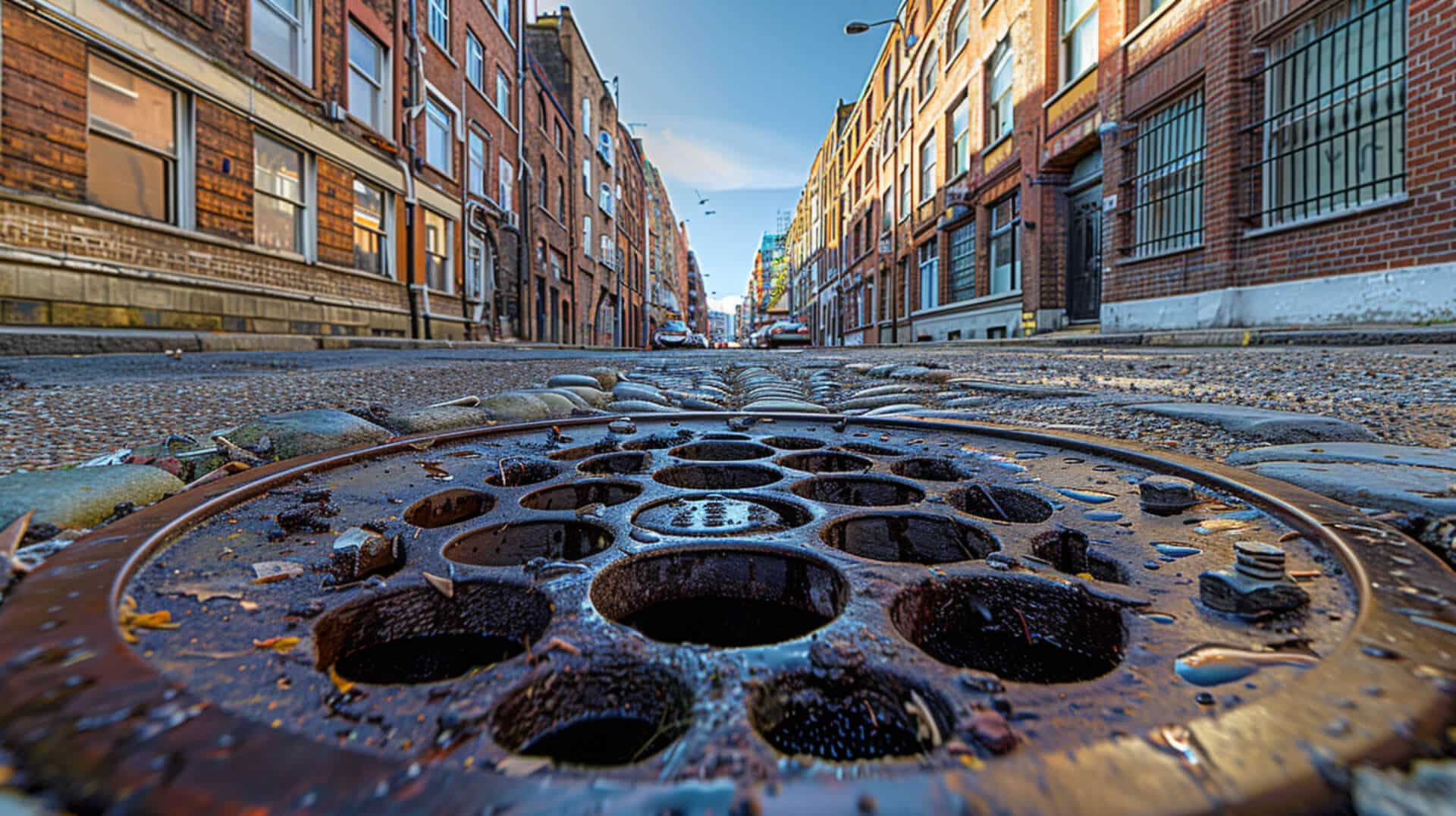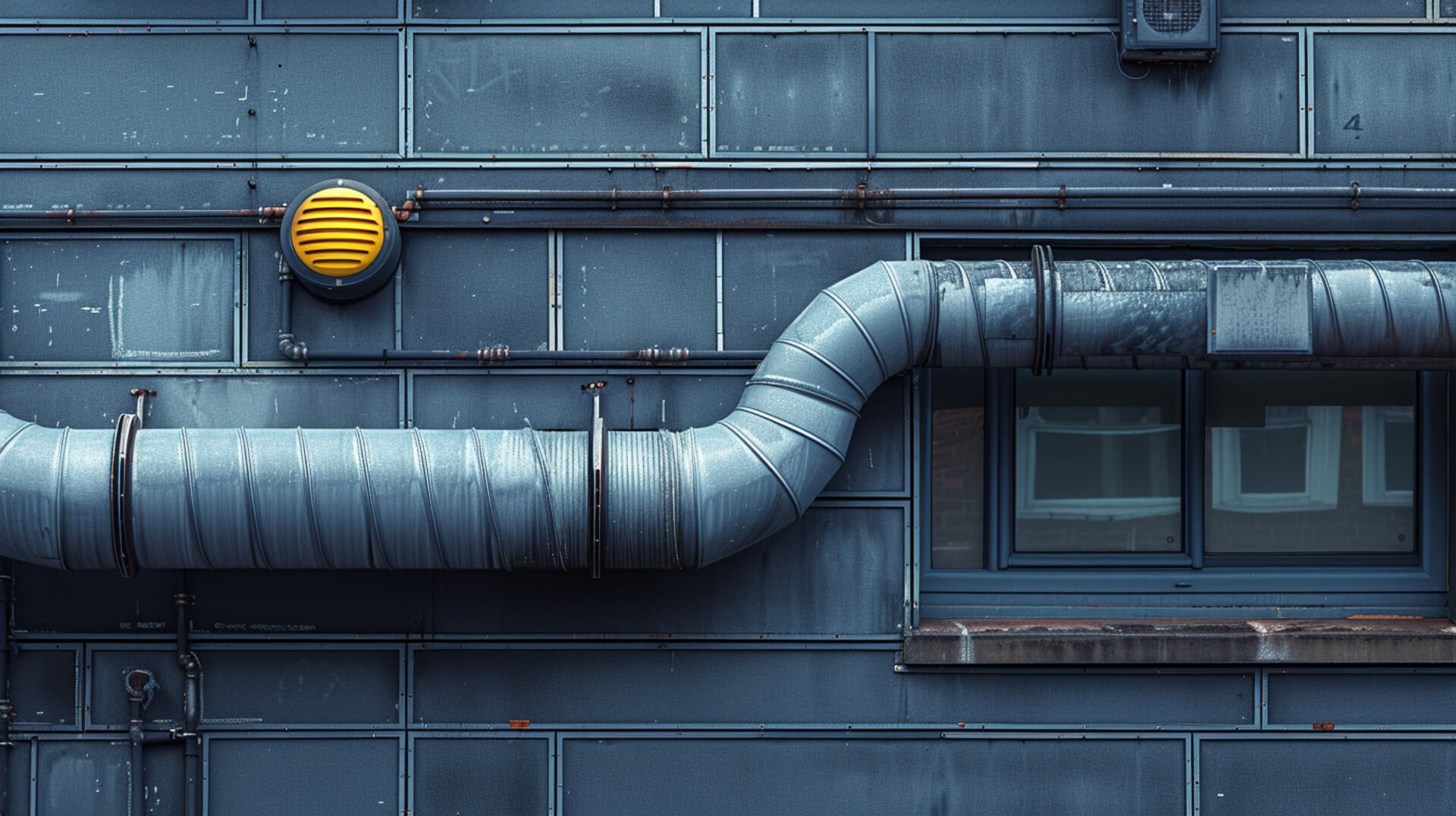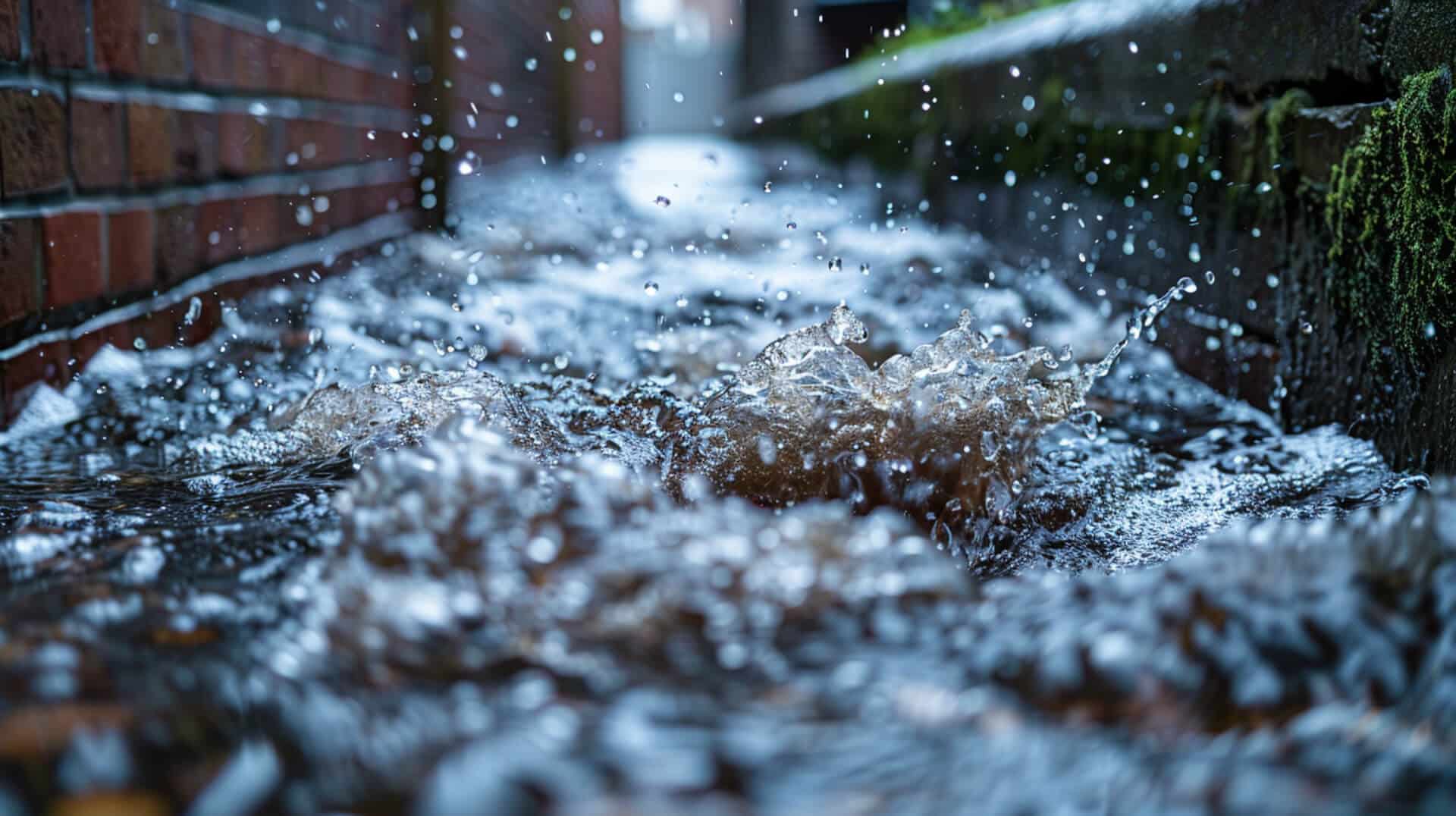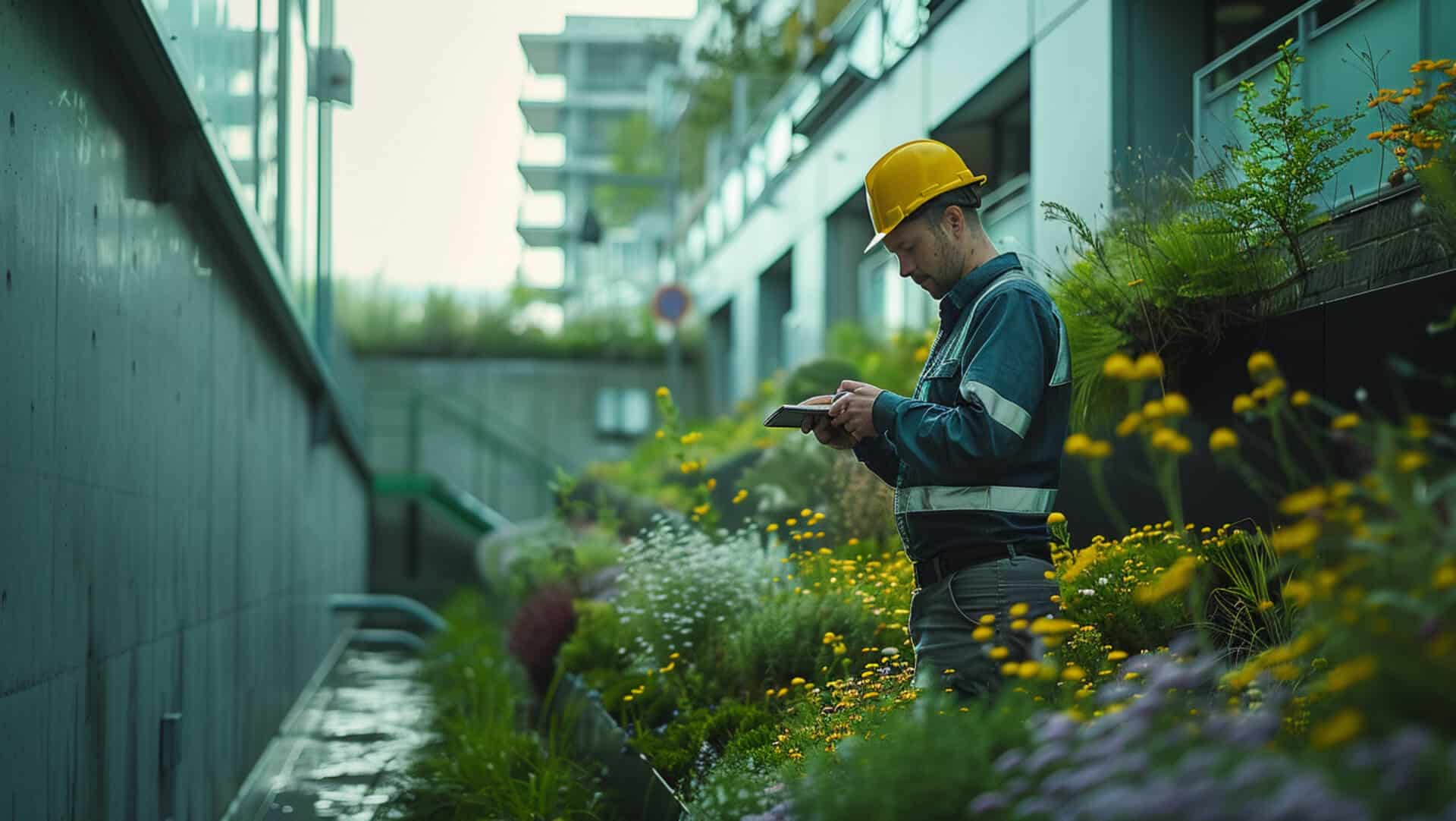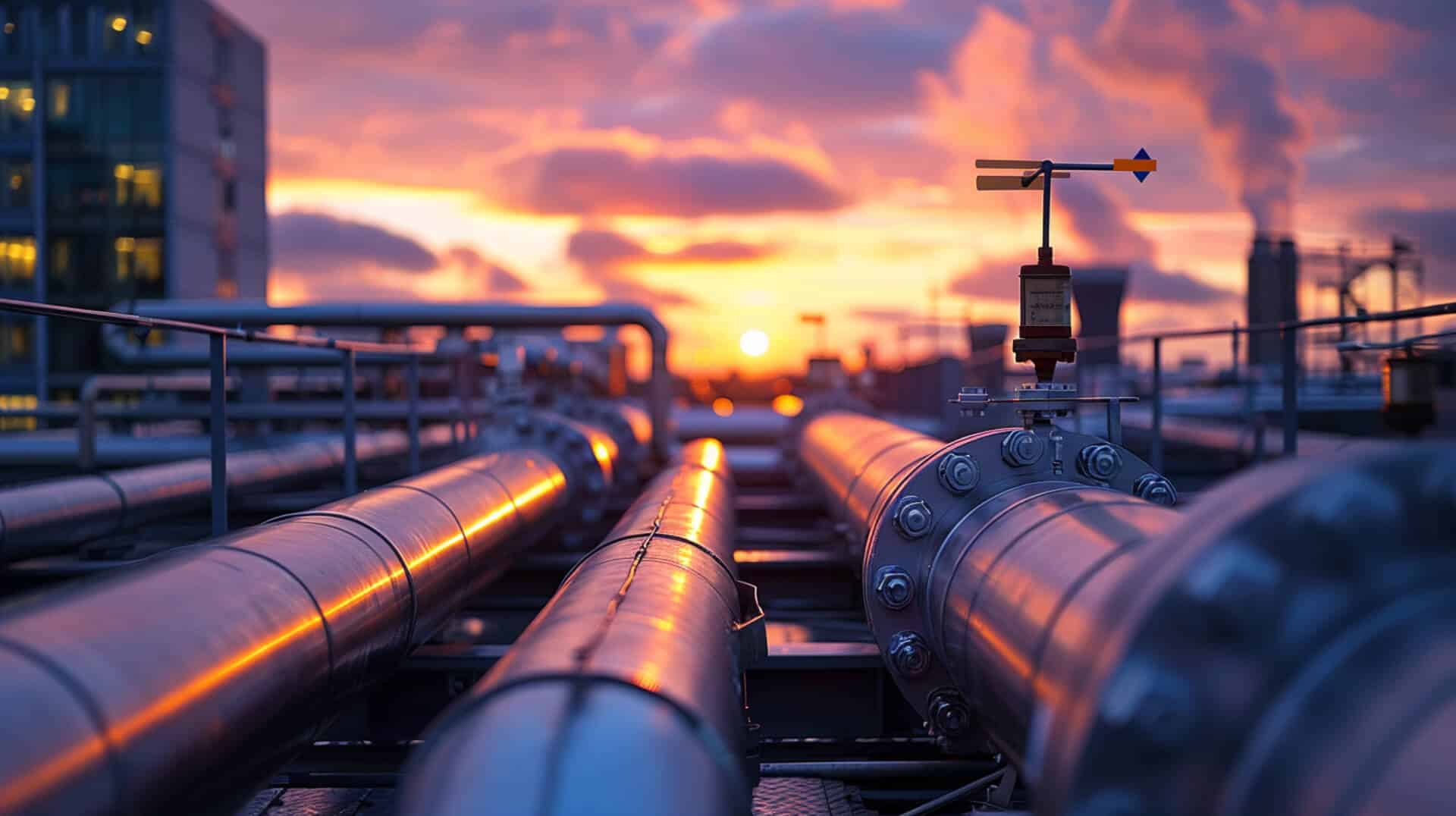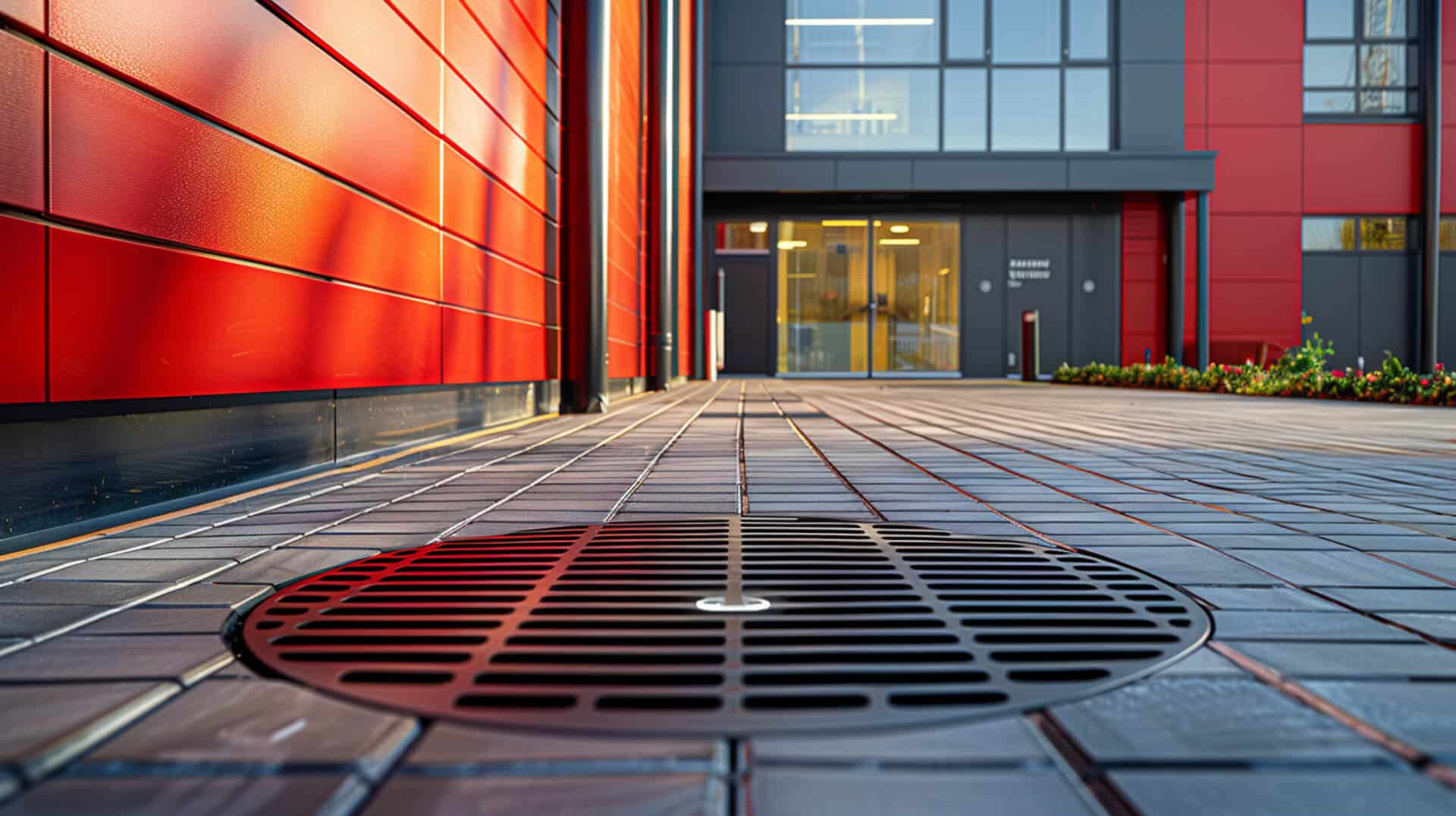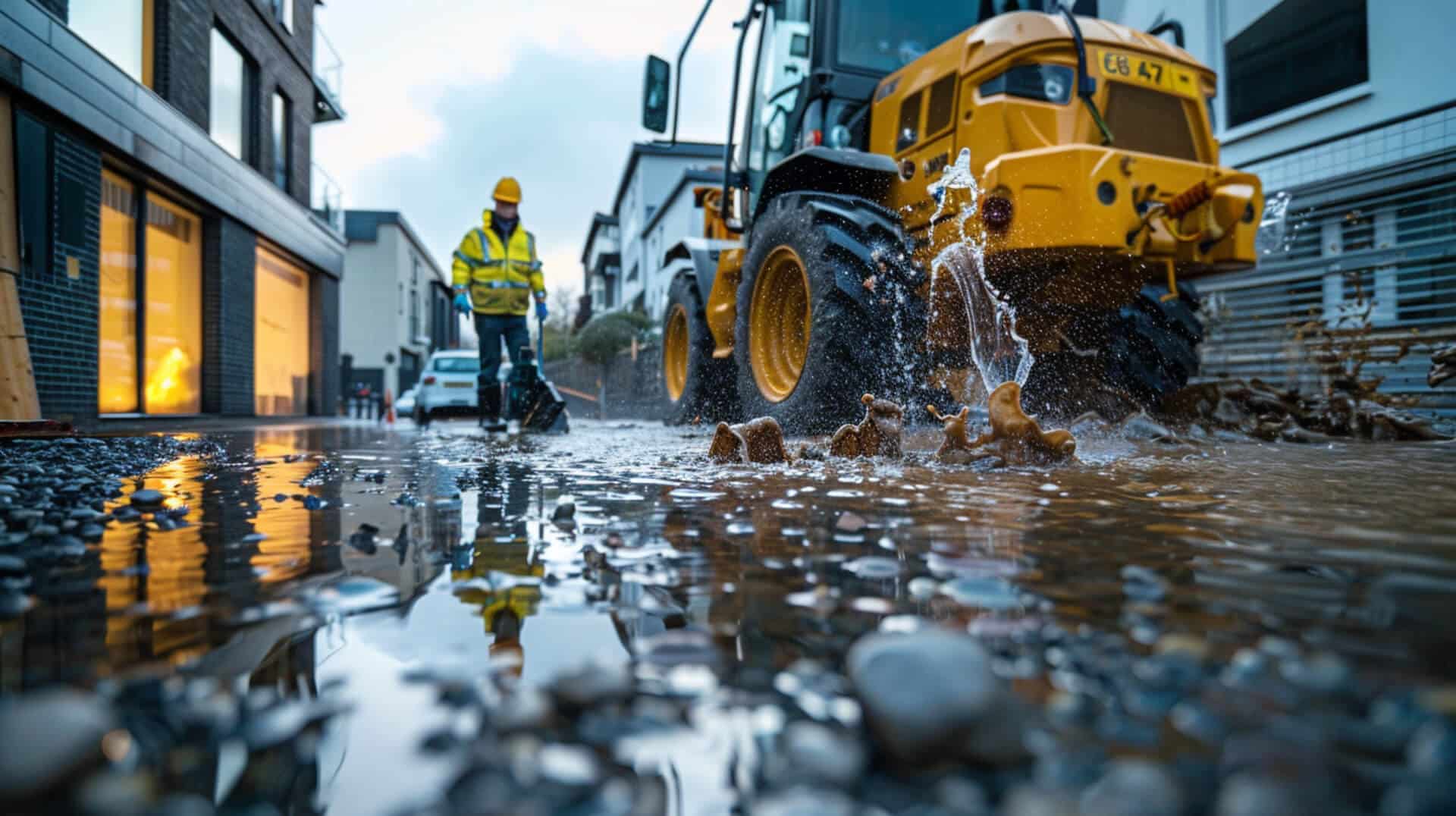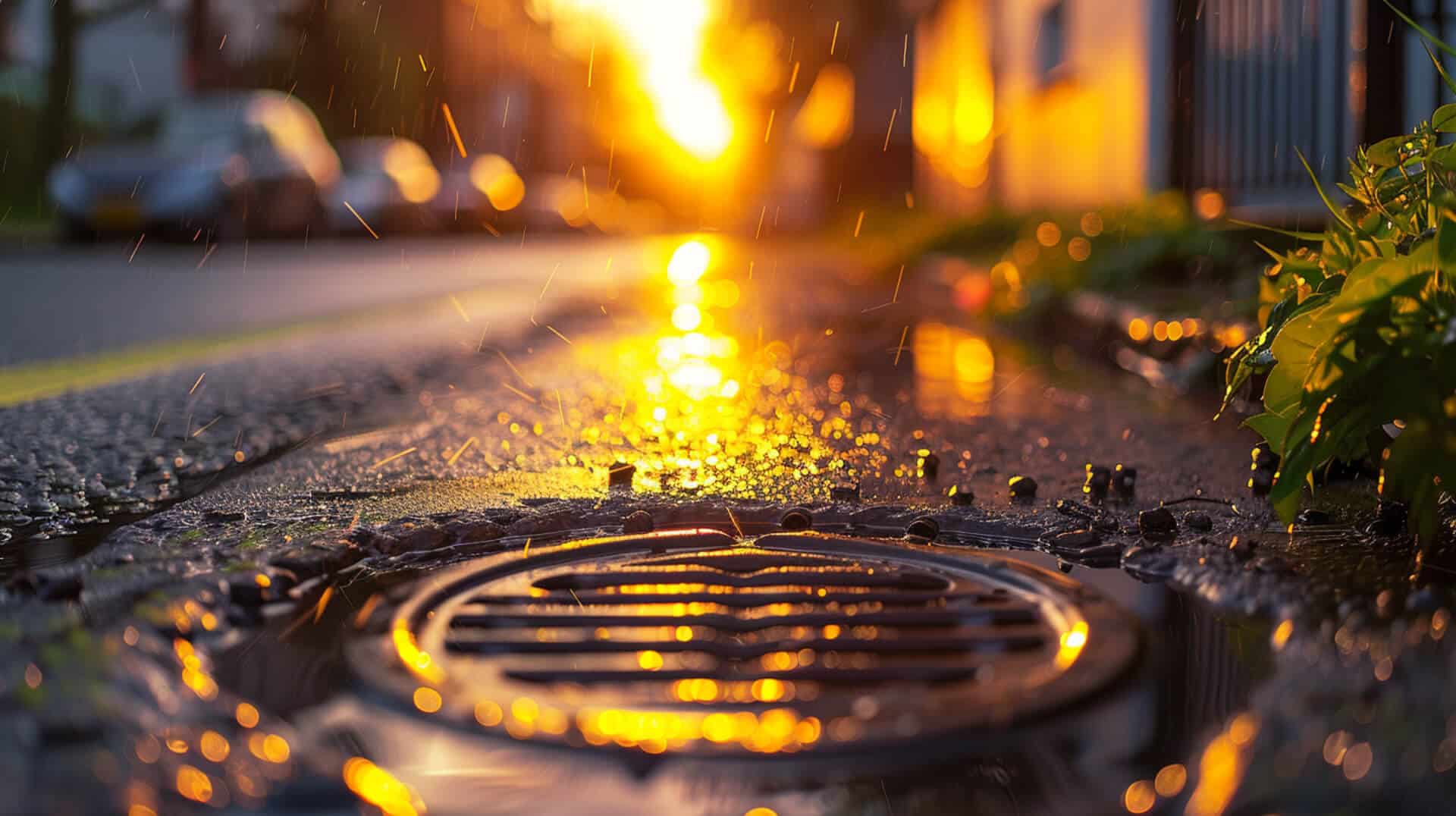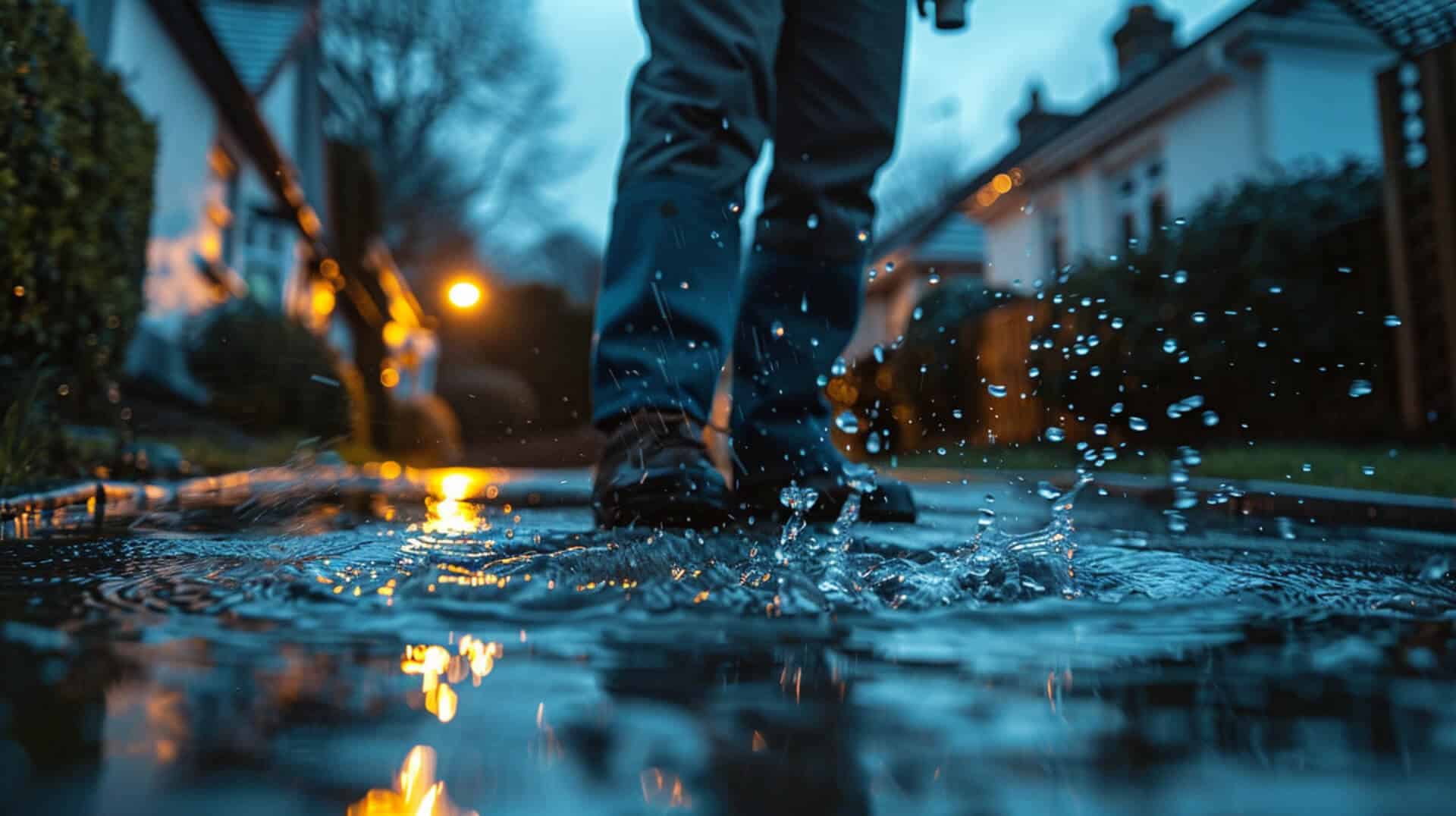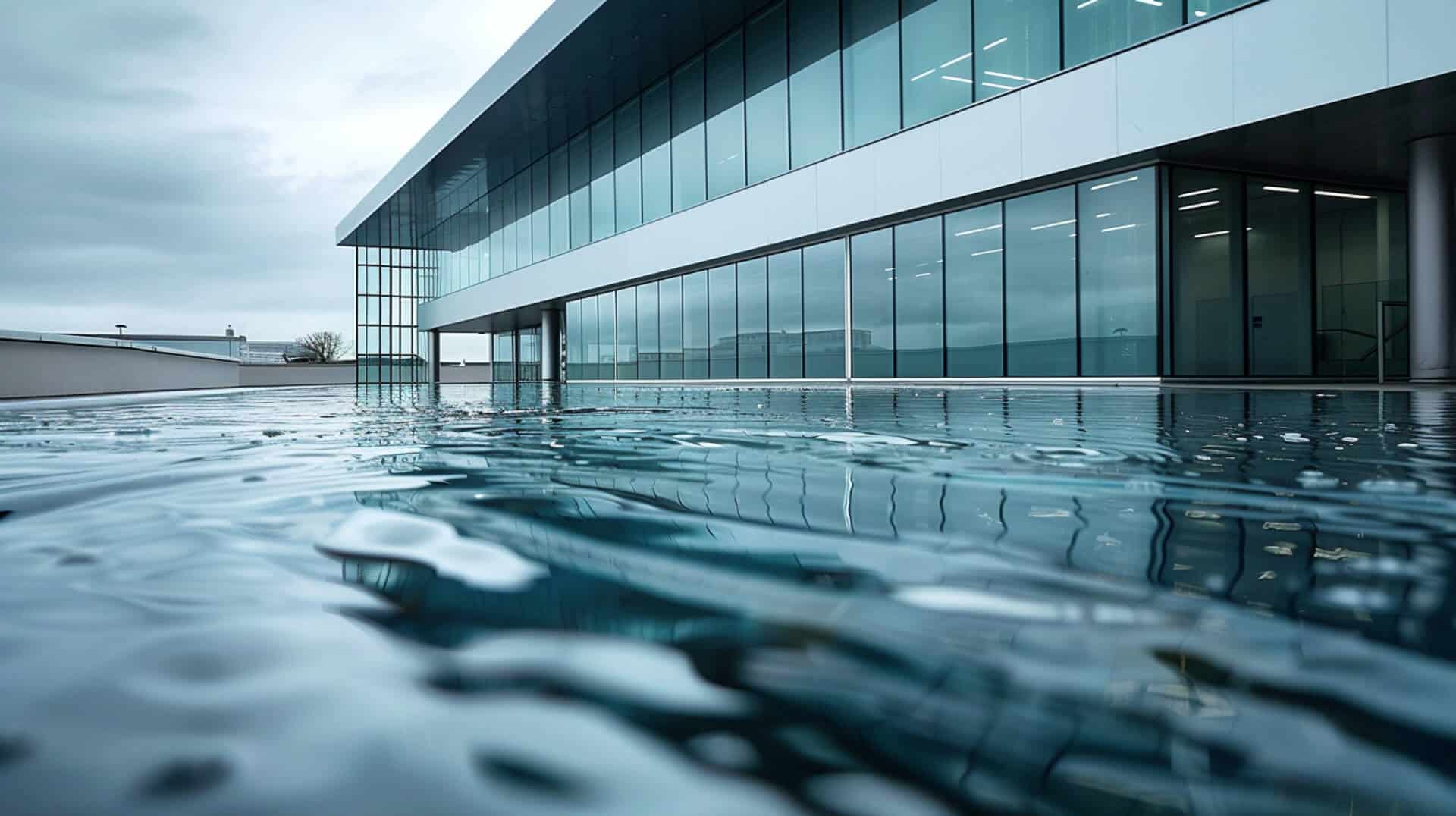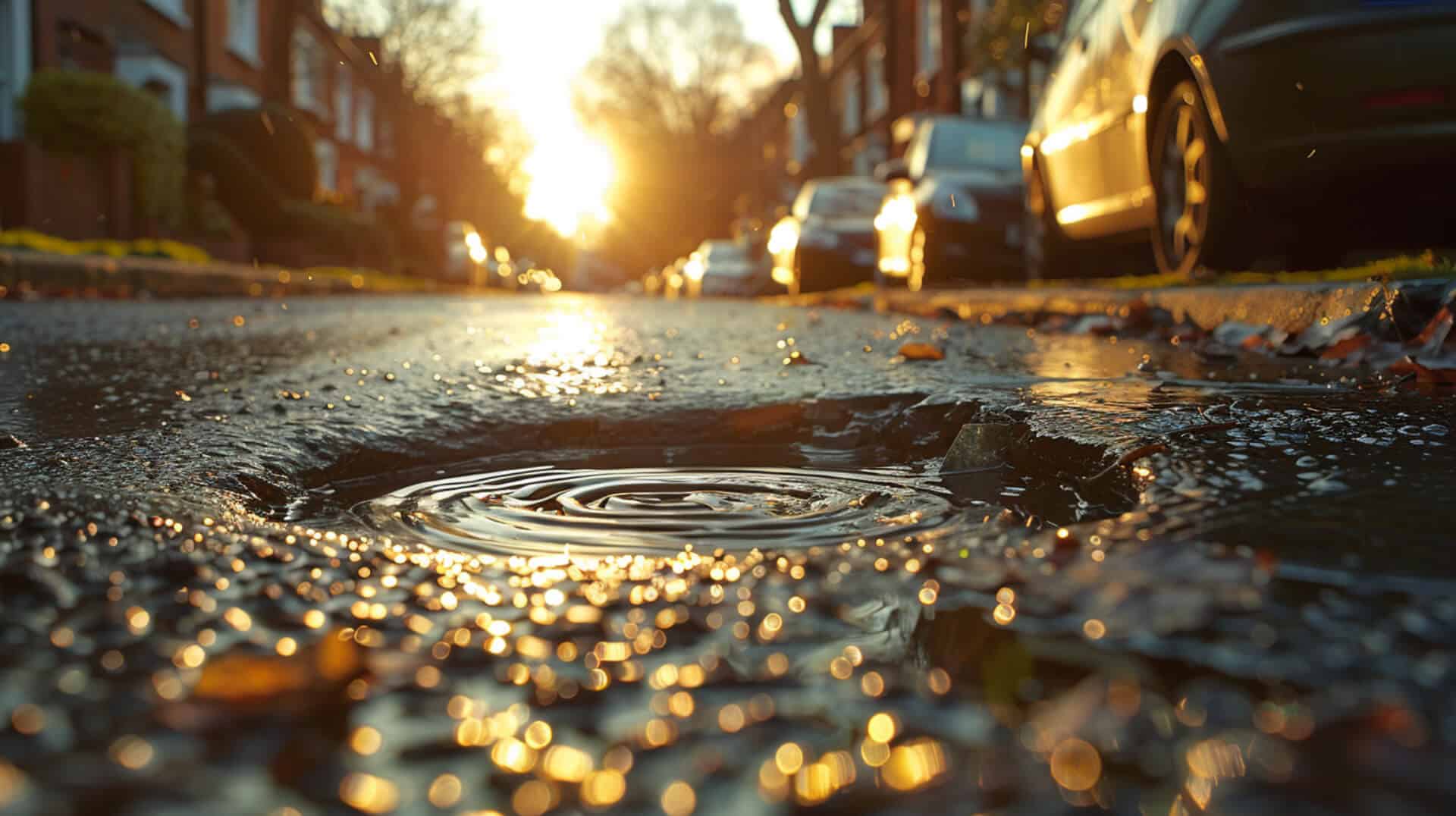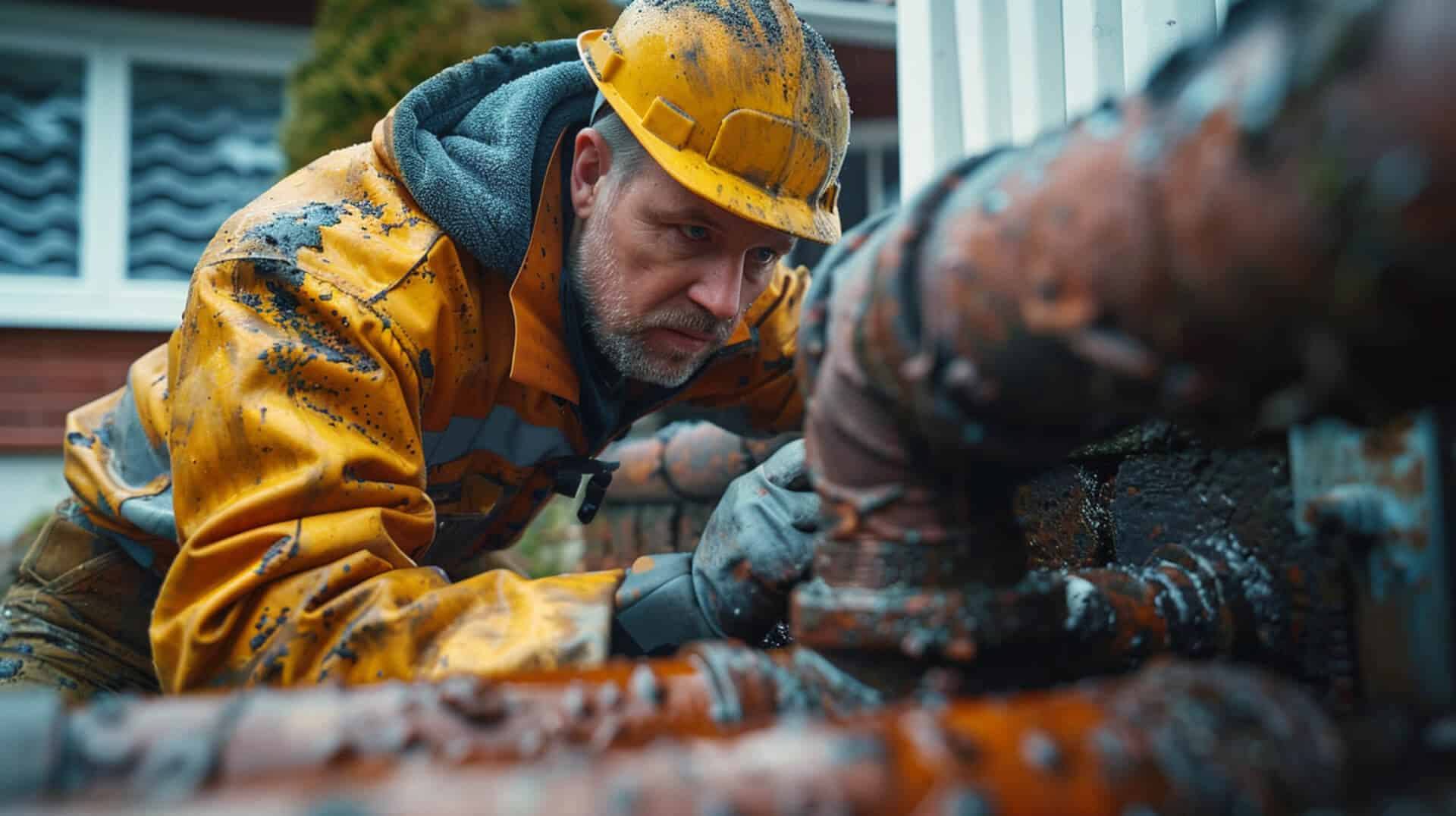 What Types Of Drainage Services Are Offered To The Commercial Sector
What Types Of Drainage Services Are Offered To The Commercial Sector
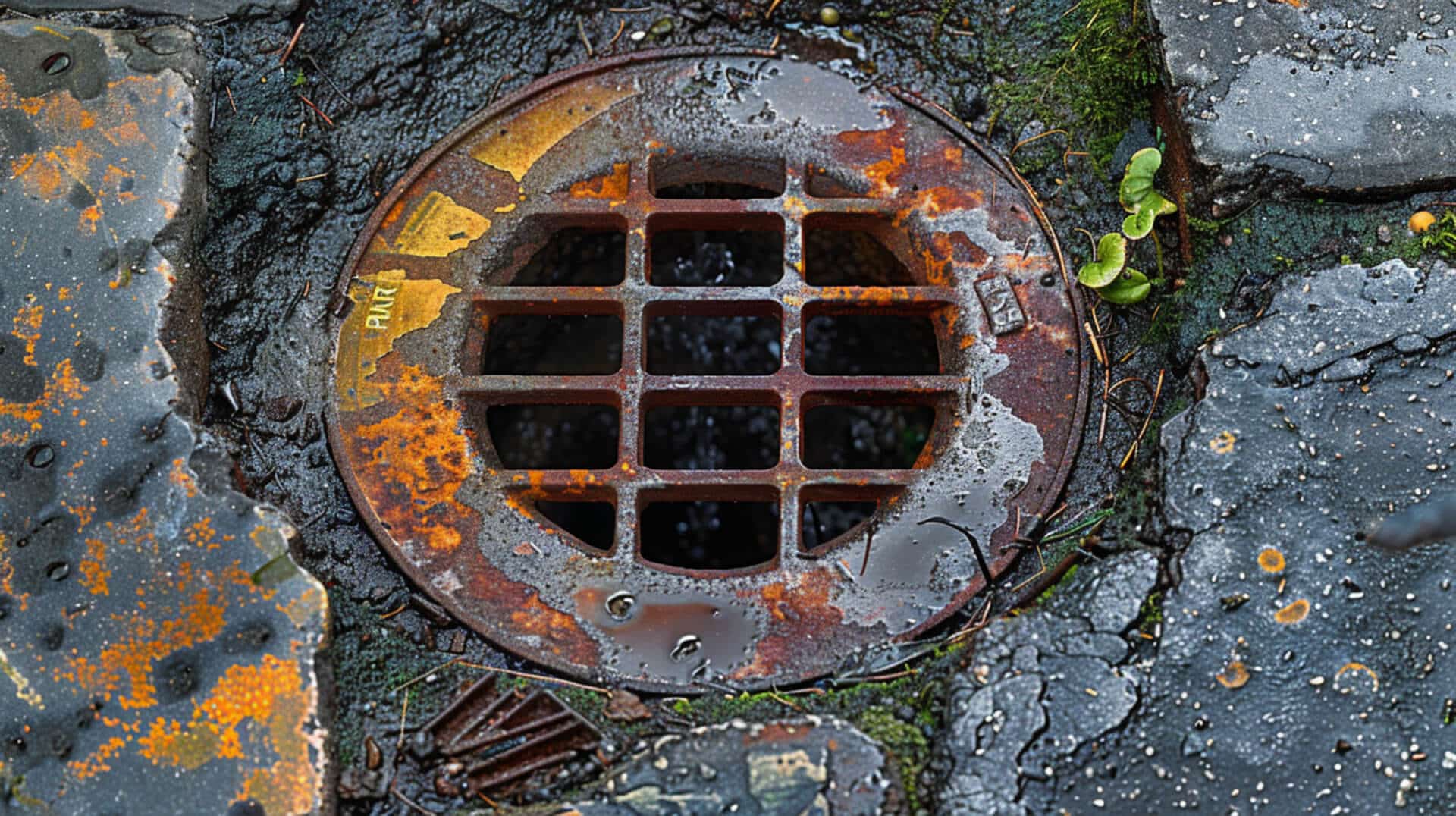
When you’re managing a commercial property, understanding the intricacies of commercial drainage services is paramount. Unlike residential systems, commercial drainage solutions are designed to handle larger volumes of water and waste, accommodate higher levels of usage, and meet stringent regulatory standards. This guide will navigate you through the essential services that protect your property from water damage and ensure compliance with environmental and building regulations.
What Constitutes Commercial Drainage Services?
Commercial drainage services encompass a broad spectrum of activities aimed at managing water flow and waste disposal in business environments. These services are critical for maintaining the integrity of your property’s infrastructure, preventing water damage, and ensuring that waste is disposed of in an environmentally responsible manner.
Critical Role of Drainage Services in Commercial Properties
For commercial entities, efficient drainage services are not just a convenience but a necessity. They are integral to protecting the structural integrity of buildings, preventing flooding, and ensuring that day-to-day operations run smoothly without interruption due to drainage issues.
Distinctive Features of Commercial vs. Residential Drainage Systems
Commercial drainage systems are distinguished by their scale and complexity. They are engineered to manage larger volumes, incorporate advanced technologies, and often require specialised maintenance and repair services. The complexity of these systems also means that they must adhere to more rigorous health and safety regulations.
Scope of This Guide on Commercial Drainage Services
This guide will provide you with a comprehensive overview of the types of drainage services offered to the commercial sector. It will cover the various systems and components, common issues and their solutions, maintenance practices, environmental considerations, cost factors, and the importance of professional services in ensuring the longevity and compliance of your drainage system.
Understanding Different Types of Commercial Drainage Systems
When selecting a drainage system for a commercial property, understanding the various types available and their specific functions is crucial. Each type of drainage system serves a unique purpose and is designed to handle the demands of commercial environments.
Main Types of Commercial Drainage Systems
Commercial properties utilise a range of drainage systems to manage water effectively:
- French Drains: Ideal for redirecting subsurface water, French drains prevent water from pooling around foundations.
- Trench Drains: These are commonly installed in areas where surface water collects rapidly, such as parking lots and industrial areas.
- Stormwater Drains: Designed to handle large volumes of water during heavy rainfall, stormwater drains are essential for flood prevention.
Role of Grease Traps and Combined Systems
- Grease Traps: Essential in commercial kitchens, grease traps intercept fats, oils, and grease to prevent sewer blockages.
- Combined Systems: These systems manage both sewage and stormwater, requiring careful planning to avoid overflows during heavy precipitation.
Impact on Maintenance Needs
The choice of drainage system influences maintenance requirements. Systems like grease traps need regular cleaning to function correctly, while stormwater drains may require less frequent but more extensive maintenance checks to ensure they can handle sudden influxes of water. It is imperative for property owners to consider these factors to maintain operational efficiency and prevent potential damage.
Key Components of Commercial Drainage Systems
Commercial drainage systems are comprised of several critical components that work in unison to manage water effectively and prevent property damage. Understanding these components is essential for maintaining an efficient drainage system.
Pipes, Fixtures, and Fittings
The backbone of any drainage system is its network of pipes that transport water away from the property. These pipes connect to various fixtures, such as sinks and toilets, and are held together by fittings that ensure a secure and leak-free pathway for water flow.
Importance of Proper Connections
Connections play a pivotal role in the integrity of a drainage system. Properly installed and maintained connections prevent leaks and blockages that could lead to water damage or system failures. It is crucial for these connections to be inspected regularly to ensure they remain in optimal condition.
Ensuring System Standards
To ensure that a commercial drainage system’s components meet industry standards, property owners should engage in regular inspections and maintenance. This proactive approach allows for the identification and rectification of potential issues before they escalate, ensuring the system operates efficiently and effectively.
Common Issues Faced by Commercial Drainage Systems
Commercial drainage systems are susceptible to a variety of issues that can impede their performance and, if not addressed promptly, may lead to significant system failures.
Frequent Problems in Commercial Drainage
The most common problems encountered within commercial drainage systems include:
- Blockages: Often caused by the accumulation of grease, debris, or foreign objects, blockages can lead to backups and overflows.
- Leaks: Cracks or breaks in pipes can result in water leakage, potentially causing property damage and system inefficiency.
- Corrosion: Over time, pipes and fixtures may corrode, especially if exposed to harsh chemicals or saline environments, leading to weakened structural integrity.
Causes and Effects on System Performance
These issues typically stem from:
- Grease Buildup: A frequent problem in commercial kitchens, grease can solidify in pipes, causing clogs.
- Improper Grading: Incorrect slope or grading of drainage can prevent water from flowing correctly, leading to standing water and potential infiltration.
Preventing Larger System Failures
Early detection and resolution are key to preventing larger system failures. Regular inspections and maintenance can identify potential problems before they escalate. Implementing proper disposal practices and using philtres can also mitigate the risk of blockages and other drainage issues.
Innovative Solutions and Maintenance for Commercial Drainage
Maintaining the health of commercial drainage systems is essential for the longevity and efficiency of these critical infrastructures. Advanced techniques and regular maintenance practices are employed to ensure that these systems remain operational and environmentally friendly.
Advanced Techniques in Drainage Maintenance
For the upkeep of commercial drainage systems, several advanced techniques are utilised:
- Jetting: High-pressure water jetting is a powerful method for clearing blockages and buildup within pipes.
- Relining: This trenchless repair method involves installing a new lining inside existing pipes to address leaks or damage without the need for excavation.
- CCTV Inspections: Closed-circuit television cameras are used to visually inspect the interior of drainage systems, allowing for precise identification of issues.
Eco-Friendly Maintenance Practices
Adopting eco-friendly practices in drainage maintenance not only supports system health but also contributes to environmental sustainability. These practices may include:
- Using biodegradable cleaners to minimise chemical runoff.
- Implementing water-conserving jetting techniques.
- Choosing materials and methods that reduce the ecological footprint during repairs and maintenance.
Recommended Maintenance Frequency
Commercial drainage systems should undergo regular maintenance to prevent issues from arising. It is generally recommended that these systems be inspected and cleaned every three years, although the frequency may vary based on usage and the specific demands of the commercial property. Regular maintenance ensures that potential problems are addressed promptly, reducing the risk of costly and disruptive emergencies.
Environmental Considerations in Commercial Drainage
Commercial drainage services are not only about managing water effectively but also about minimising environmental impact. Sustainable practices are increasingly integrated into these services to protect the ecosystem.
Implementing Sustainable Drainage Systems (SuDS)
SuDS are designed to mimic natural drainage processes, reducing runoff and improving water quality. These systems include:
- Permeable Paving: Allows water to seep through, reducing runoff and recharging groundwater.
- Rain Gardens: Utilise vegetation to absorb water and philtre pollutants.
- Detention Basins: Temporarily hold water to prevent flooding and allow for natural filtration.
Runoff Management for Environmental Protection
Runoff management is a critical component of commercial drainage services, aiming to:
- Control the volume and rate of runoff to prevent erosion and water pollution.
- Implement measures like swales and retention ponds to manage excess water responsibly.
The Role of Tree Planting in Drainage Strategies
Tree planting complements commercial drainage by:
- Enhancing water absorption into the soil, thus reducing runoff.
- Providing additional filtration to improve water quality before it enters the drainage system.
By incorporating these environmental considerations, commercial drainage services contribute to the sustainability and resilience of urban landscapes.
Cost Factors and Budgeting for Commercial Drainage Services
Understanding the cost factors involved in commercial drainage services is essential for property owners to budget effectively and ensure their drainage systems are maintained without unexpected expenses.
Primary Cost Factors
Several factors influence the pricing of commercial drainage services:
- Location: Accessibility and geographical location can affect the cost due to travel time and transportation of materials.
- Emergency Services: Urgent issues often incur additional costs due to the need for rapid response and after-hours service.
- Property Type: The complexity and size of the drainage system in different commercial properties can vary the cost.
Budgeting Tips for Commercial Drainage Expenses
To manage drainage service expenses, consider the following:
- Schedule regular maintenance to prevent costly emergency repairs.
- Compare service quotes to ensure competitive pricing.
- Plan for potential issues by setting aside a contingency fund.
Assessing Maintenance Plan Cost-Effectiveness
Property owners can evaluate the cost-effectiveness of maintenance plans by:
- Reviewing the frequency and scope of services included in the plan.
- Analysing past maintenance records to predict future needs.
- Considering the long-term savings from preventing major repairs through regular upkeep.
By carefully considering these factors, you can make informed decisions about the drainage services required and how best to allocate resources for their upkeep.
Sector-Specific Drainage Solutions for Commercial Properties
The drainage needs of commercial properties can vary significantly depending on the sector. Tailored solutions are not only necessary for operational efficiency but also for compliance with industry-specific regulations.
Specialised Services Across Sectors
In the hospitality sector, drainage systems must manage high volumes of waste water and grease, necessitating robust grease traps and frequent maintenance. Healthcare facilities require systems that can handle the disposal of biohazardous waste safely, while retail properties may prioritise stormwater management to protect extensive parking areas and landscapes.
Enhancing Efficiency and Compliance
Sector-specific drainage solutions contribute to a property’s operational efficiency by preventing disruptions caused by drainage issues. Compliance with health and safety standards is also a critical consideration, particularly in sectors like healthcare and food service, where proper waste disposal is closely regulated.
Importance of Tailored Drainage Services
Examples of the importance of tailored services include the installation of advanced grease management systems in restaurants to prevent sewer blockages, or the implementation of specialised waste disposal units in hospitals to handle medical waste. These customised solutions ensure that commercial properties can maintain uninterrupted operations and adhere to the highest standards of safety and environmental care.
The Role of Professional Services in Commercial Drainage Management
Navigating the complexities of commercial drainage requires expertise that often extends beyond the scope of in-house maintenance teams. Professional drainage services offer specialised knowledge and equipment to ensure systems operate efficiently and comply with regulatory standards.
Opting for Professional Drainage Services
Property owners should consider professional services when:
- Complex Issues Arise: Situations involving persistent blockages, leaks, or system malfunctions benefit from the diagnostic tools and experience of professionals.
- Compliance Is a Concern: Professionals stay abreast of regulatory changes, ensuring that your drainage system adheres to the latest standards and avoids potential fines.
Criteria for Selecting a Service Provider
When choosing a commercial drainage service provider, consider the following:
- Experience and Specialisation: Look for a provider with a proven track record in your specific sector.
- Availability: Ensure they offer rapid response times and 24/7 emergency services.
- Environmental Practices: Select providers who use eco-friendly methods and contribute to sustainability initiatives.
Advantages of Long-Term Partnerships
Establishing a long-term relationship with a drainage service provider offers several benefits:
- Familiarity: Ongoing services allow providers to become familiar with your system, leading to more efficient and tailored services.
- Preventative Maintenance: Regularly scheduled maintenance can prevent emergencies, saving time and resources in the long run.
- Cost-Effectiveness: Long-term contracts can be more cost-effective, with potential discounts and prioritised service.
By engaging with professional drainage services, you ensure that your commercial property’s drainage system is managed effectively, minimising disruptions and maintaining a focus on operational continuity.
Navigating Regulatory Compliance and Testing in Commercial Drainage
Compliance with regulations is a critical aspect of managing commercial drainage systems. Property owners must be aware of the licences required and the testing protocols to follow to ensure their systems meet legal standards.
Understanding Regulatory Licences and Compliance
Commercial drainage systems are subject to various environmental and building regulations. For instance, an IPC (Industrial Pollution Control) licence may be required, depending on the nature of the waste water being discharged. Non-compliance can result in substantial fines and legal action, making it imperative for property owners to stay informed and adhere to these regulations.
Testing Frequency and Methods
Regular testing of drainage systems is essential to maintain compliance and system integrity. Methods such as hydrostatic testing, air pressure tests, and CCTV inspections are commonly used to assess the condition of pipes and detect any issues. The frequency of testing can vary, but it is generally recommended that systems be tested every three years or more frequently if the system is subject to heavy use or critical operations.
Staying Informed on Regulatory Changes
To stay abreast of regulatory changes, property owners should:
- Consult with professional drainage service providers who are up-to-date with current regulations.
- Engage in industry workshops and seminars that discuss changes in environmental and building codes.
- Subscribe to regulatory bodies’ newsletters or alerts for timely updates on new requirements.
By proactively managing compliance and testing, property owners can ensure their commercial drainage systems operate legally and effectively, avoiding potential disruptions to their business operations.
Addressing Emergency Situations and Rapid Response Services
In the realm of commercial drainage, emergencies can arise from sudden and severe system failures that threaten to disrupt operations and cause property damage. Rapid response services are essential in these scenarios to mitigate potential damage and restore functionality.
Identifying a Drainage Emergency
An emergency in commercial drainage may include:
- Severe Blockages: Leading to overflow and potential health hazards.
- Pipe Bursts: Causing extensive water damage and requiring immediate action.
- System Backups: Resulting in operational disruptions and potential closure of facilities.
Mitigating Damage with Rapid Response
Rapid response services address these emergencies by:
- Providing 24/7 availability to ensure that help is accessible at any time.
- Utilising advanced equipment for quick diagnosis and resolution of the issue.
- Offering nationwide coverage to reach your commercial property promptly, regardless of location.
Preparations for Quick Service Access
To facilitate swift service access, property owners should:
- Maintain an updated contact list of emergency service providers.
- Keep access areas clear to allow quick entry and movement for repair crews.
- Have a contingency plan in place, including temporary water management solutions.
The availability of round-the-clock service and the ability to respond rapidly across the nation are invaluable assets for commercial properties, ensuring that emergencies are handled efficiently and with minimal disruption to business operations.
Proactive Drainage Management for Commercial Property Protection
Effective drainage is a cornerstone of maintaining the integrity and value of commercial properties. Proactive management of drainage systems not only prevents immediate issues such as flooding and water damage but also contributes to the long-term preservation of the property’s structure and value.
Ensuring Robust and Reliable Drainage Systems
To ensure the robustness and reliability of commercial drainage systems, property owners should:
- Conduct Regular Inspections: Routine checks can identify potential issues before they escalate.
- Implement Preventative Maintenance: Scheduled cleaning and repairs can maintain system efficiency and prevent emergencies.
- Engage with Professional Services: Specialists can offer advanced solutions and ensure compliance with regulatory standards.
Drainage’s Role in Environmental Management
A well-maintained drainage system plays a significant role in broader environmental management efforts by:
- Preventing Erosion: Properly channelled water minimises soil displacement and landscape degradation.
- Supporting Sustainability: Incorporating eco-friendly practices and systems like SuDS promotes water conservation and pollution reduction.
By taking these steps, property owners can safeguard their commercial investments and contribute to the overall sustainability of the urban environment.
